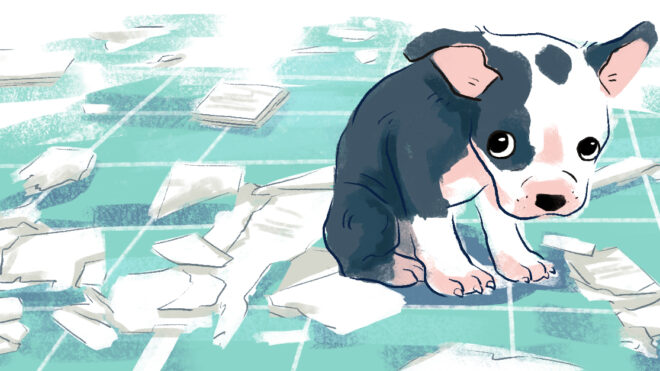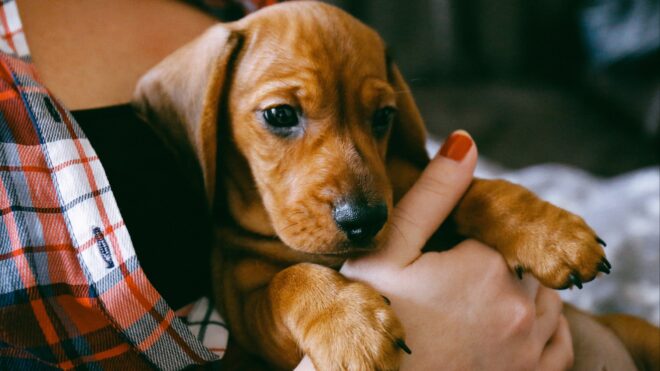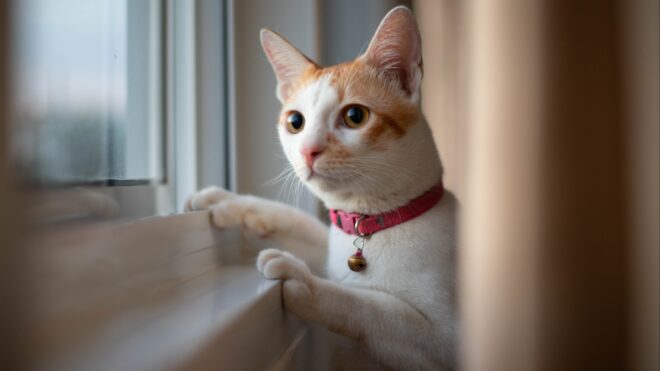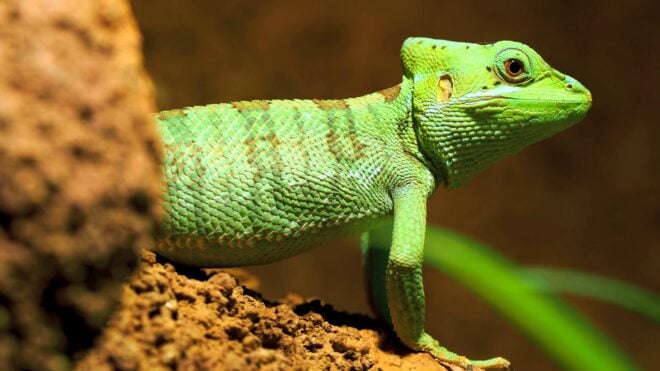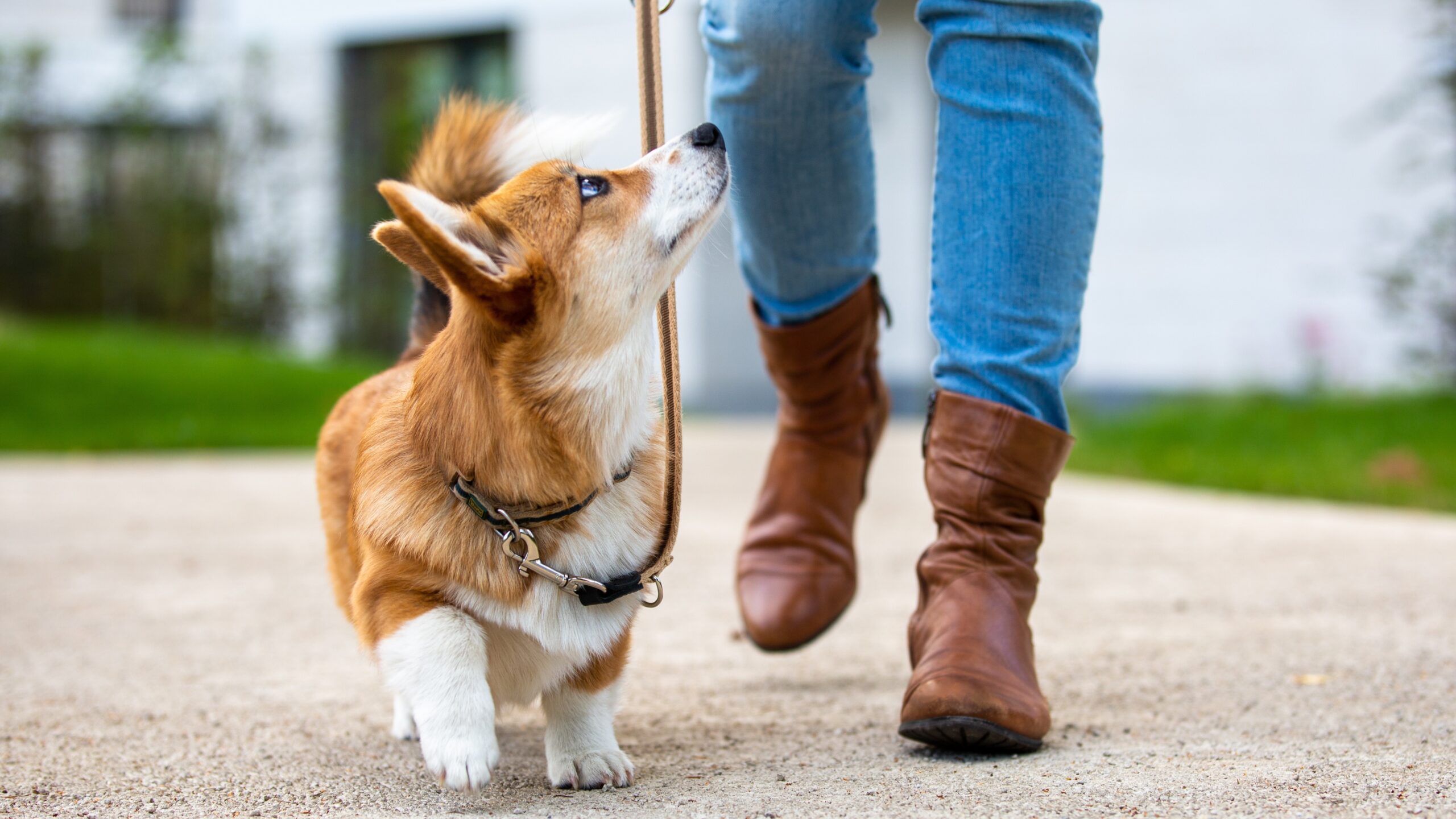
It’s all fluff and games until you have to start taking your dog to the groomer. Maintaining a dog’s fur can become costly, especially if you have a breed that requires frequent days at the dog spa. Julia Blackwell, a professional groomer, veteran stylist, and founder of Pupwell, helps make at-home grooming and puppy education accessible to all dog owners. As an expert and owner of a mother-daughter goldendoodle duo — Linda, a curly-coated standard mama, and Debbie, a wavy-curl multigenerational goldendoodle — she knows about the challenges pet owners face when it comes to keeping a dog’s coat mat-free and more.
“Grooming is a need for all dogs,” Blackwell tells LittleThings. “It is not something you can hand off to your groomer every few months. Grooming is part of the dog's health, just like it is in yours. You will need to invest in quality tools and products, and education. Your vet, groomer, or breeder won’t have the time to teach you all that you need to know. But they will be there to scold you when you don’t. So budget in cost. Decide what kind of coat fits your lifestyle. Talk to locals about groomer recommendations.
“Grooming appointments can range from $45 to $300. The groomer will recommend you come in every four to six weeks, but I started Pupwell to teach you that you can go to the groomers every four weeks, or every four months. Our philosophy teaches you how to maintain your dog's grooming at home. This can save you thousands of dollars a year, and at the very least it will save your dog's coat from getting shaved.”
It happened to her. “I was inspired to start grooming after Linda was shaved the first time due to matting,” Blackwell says. “I thought I had been brushing her. I was scolded and embarrassed by the groomer, and swore I would learn and do it myself. I bought my first slicker brush and used my professional shears from being a trained cosmetologist. I mentored under groomers and became a self-taught groomer.”
Not all dogs appreciate being pampered pooches, so Blackwell says, “Help your dog feel less stress and prepare them for grooming by introducing tools, sensations, and the act of grooming at home, starting from the week you get your puppy home. Exposure to grooming will help them understand that grooming is safe and an everyday part of life. Just like walking your dog on a leash at first is uncomfortable — they want to pull and walk every which way and stop — you teach them to heel and walk undistracted and they eventually get the hang of it.”
If you want a low-maintenance dog to care for, you’ll need to avoid Blackwell’s faves. “Doodles are a top one because their coats can vary so much dog to dog. They can have that double coat, but it is also nonshedding. Their hair gets stuck together, matting against the skin easier. They need daily brushing, hair trimmed (on their face at the least) every six weeks, and to be dried and brushed if they get wet. Long-coated dogs like a golden retriever are surprisingly harder to maintain as well. They get matted, and they shed, so they need daily brushing and combing, raking, and vacuuming. Plus, their coats go through a heavy shedding process usually two times a year.”
Easier breeds to groom, according to Blackwell, are short-hair, double-coated ones. “Boxers, Weimaraners, and Italian greyhounds all have very short, thin coats that require very little more than an occasional bath,” she says.
Blackwell explains the three types of coats:
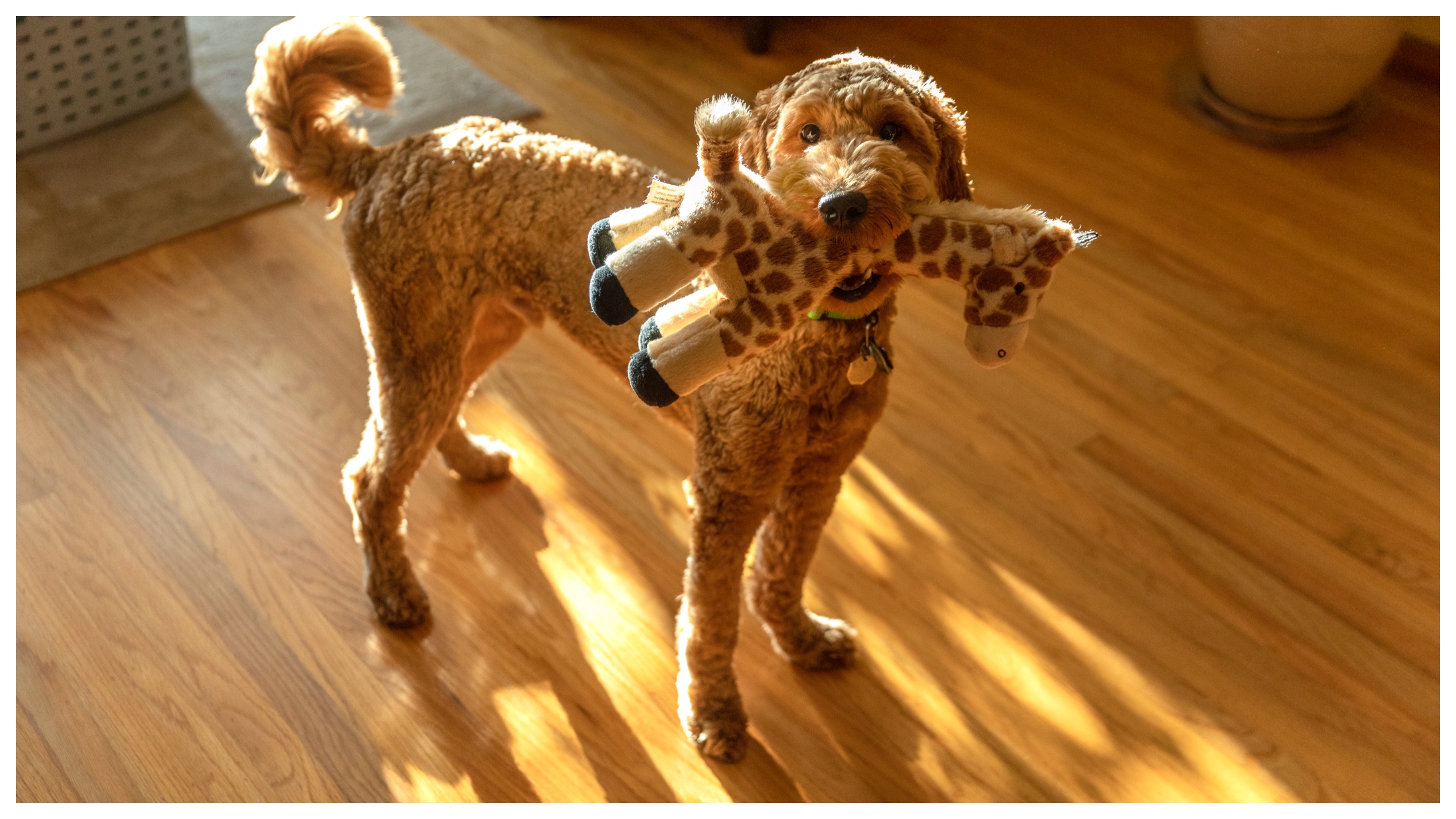
1. Hypoallergenic hair, single and sometimes double coat: “Hair grows and sometimes falls out. Hair can be curly, wavy, or straight.”
- Breeds: Poodle, doodle, shih tzu, Yorkie, bichon
- Tools to use for grooming: Slicker brush, metal-tooth comb, de-matting comb, fine-tooth comb
2. Long double coat; long and smooth outer coat, soft and fuzzy undercoat: “Your dog’s hair only grows to a certain length, sheds some to a lot. Fur can be wavy or straight.”
- Breeds: Golden retriever, Bernese mountain dog, German shepherd
- Tools to use for grooming: Slicker brush, metal-tooth comb, de-matting comb, fine-tooth comb
3. Short double coat; short and hard outer coat, soft and fuzzy undercoat: “This will be a dog with fur that sheds and only grows out to a short length and does not require trimming. Straight hair only.”
- Breeds: Labrador, boxer, beagle
- Tools to use for grooming: Slicker brush, metal-tooth comb, fine-tooth comb, bristle brush or rubber curry brush
When it comes to shampoos, Blackwell says, “Look for a professional-grade product. We highly recommend using a shampoo and separate conditioner. They must have a Ph balance of 6.5 to 7.5. Mild and moisturizing ingredients.”
And don’t forget the mani-pedi. “Dogs should get their nails trimmed at least every four weeks,” says Blackwell. “If we don't trim their nails, the nerve inside of the nail will grow longer, making it so your dog’s nails can't be cut as short as they need to be. You'll want a pair of nail clippers and a nail Dremel.”
Cutting your dog’s nails can be an intimidating task, but Blackwell says, “If you do happen to cut too much, it's not a big deal at all. Use a little cornstarch or Kwik Stop on the tip of the nail, and it will stop the bleeding immediately.”
Blackwell shares five things that dog owners should be doing daily:
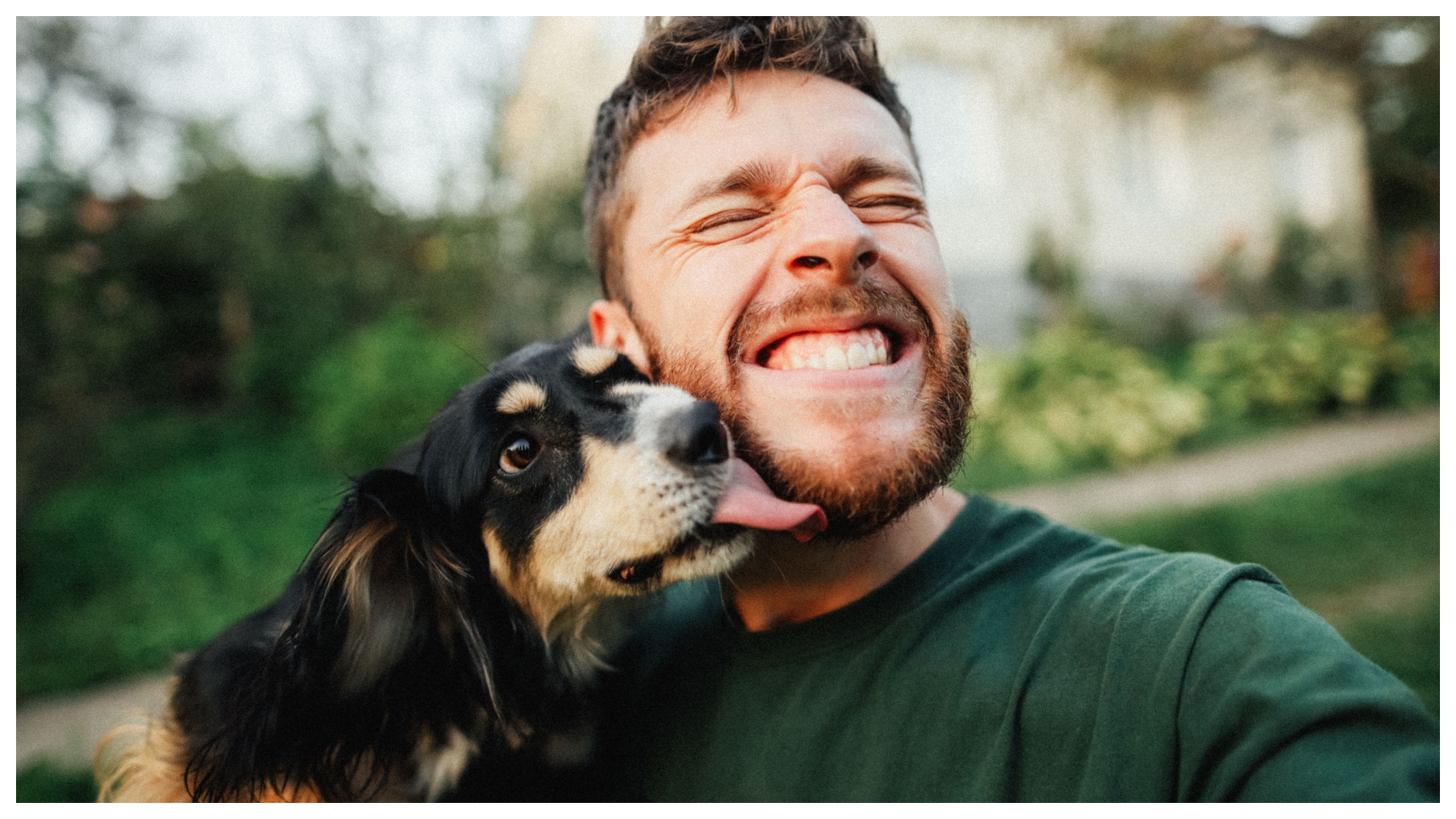
1. Brush your dog's coat. “Brushing will prevent tangles, knots, and matting from forming.”
2. Comb your dog's coat. “Think of combing like flossing — you may have brushed through the hair, but there is no telling you got all the knots without using a finer-tooth comb to comb to the skin.”
3. Brush their teeth. “Just like us, our dogs have teeth that need attention. Doggy dental cleanings are expensive and intense. Prevent and protect your pup’s teeth by brushing with a doggy toothpaste once a day.”
4. Check their bum. “Our dogs go number two and sometimes that gets stuck to their bum. You don’t want that coming into your home. It could cause constipation or worse health implications.”
5. Obedience training for 15 minutes. “It’s so easy for us to get lazy with our dogs, and then they become resistant to our wants. Whether it’s working on desensitizing your puppy or training your dog, give your dog that mental stimulation and yourself the bonding time.”


